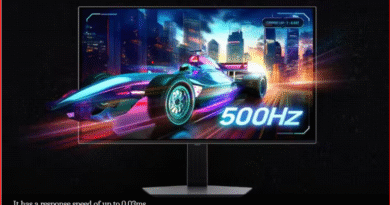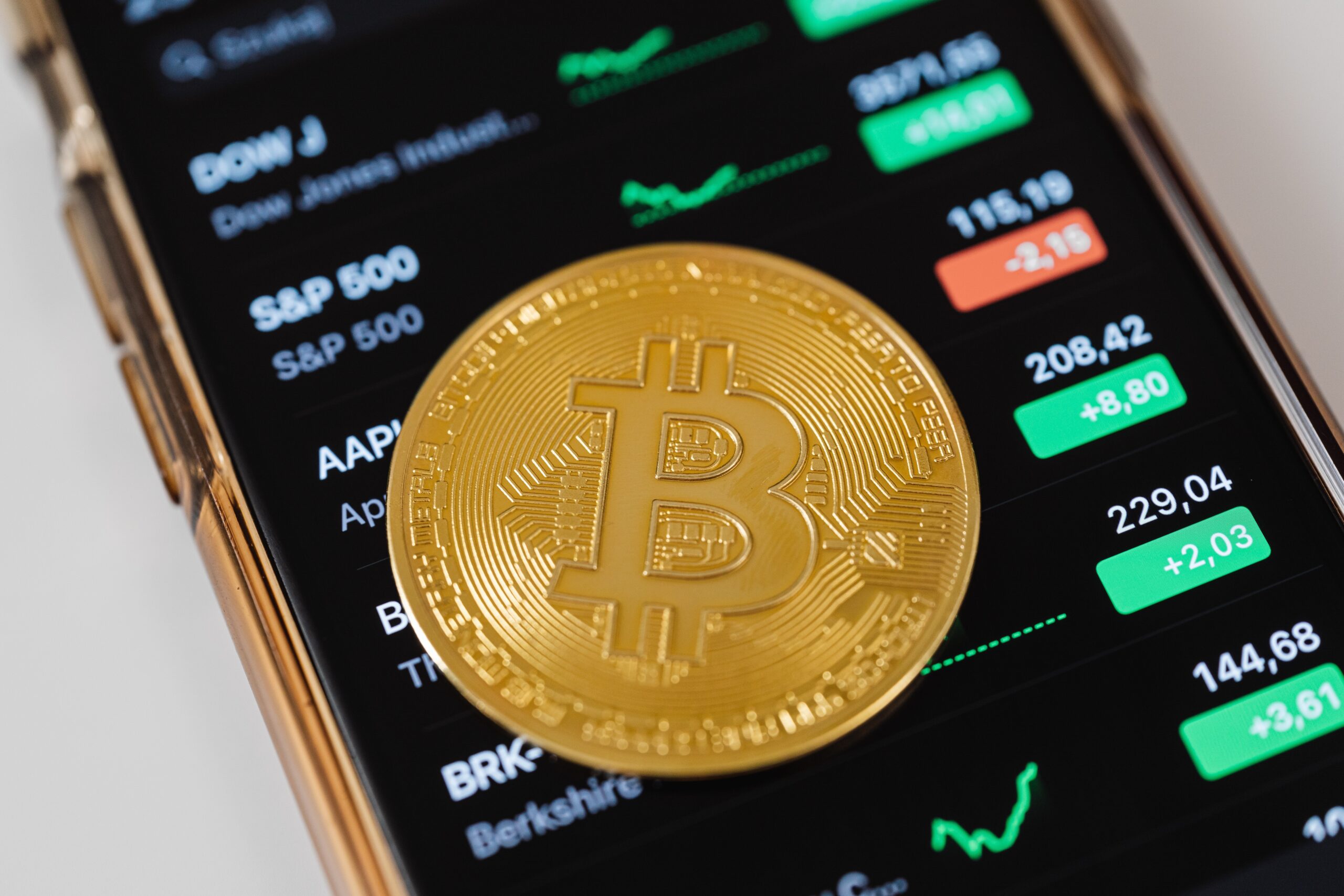Tech News

Samsung launches world’s 1st 500Hz OLED gaming monitor
Samsung has presented the Odyssey OLED G6 (G60SF), an innovative game monitor with an ultra-high update rate of 500Hz of
GADGETS

US lawmakers seek to ban DeepSeek on government devices
A new bipartisan bill introduced in the House Intelligence Committee now seeks to halt the use of DeepSeek’s AI chatbot
SMART WORLDView All

The Trump family and its allies are interested in the crypto industry’s excitement in the Bitcoin Gulf rally
NEW YORK, Several key players in President-elect Donald Trump’s new cryptocurrency venture will head to Abu Dhabi on Monday for
HARDWARE

Vivo T3X receives an official price cut: Check what it costs now
If you have been looking to buy the Vivo T3X for a while now, there is good news for you
TOP STORIES

I swapped my AirPods Pro 2 with OnePlus Nord Buds 3 for a week
Before I begin, I should admit that my AirPods Pro 2 (2022) is consistent throughout my regular chores. Be it
SPACE & SCIENCE
What is cyber security? What you need to know 2023
Cyber security is the state or process of protecting and recovering networks, devices, and programs from any type of cyber
REVIEWS
Loss of friend inspires Dehradun techie to develop portable ECG device that costs just Rs 7000
A Life-Changing Idea Born from Personal Loss When Rajat Jain lost a 21-year-old classmate to a heart attack six years























